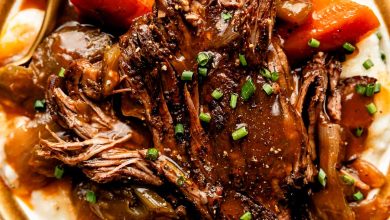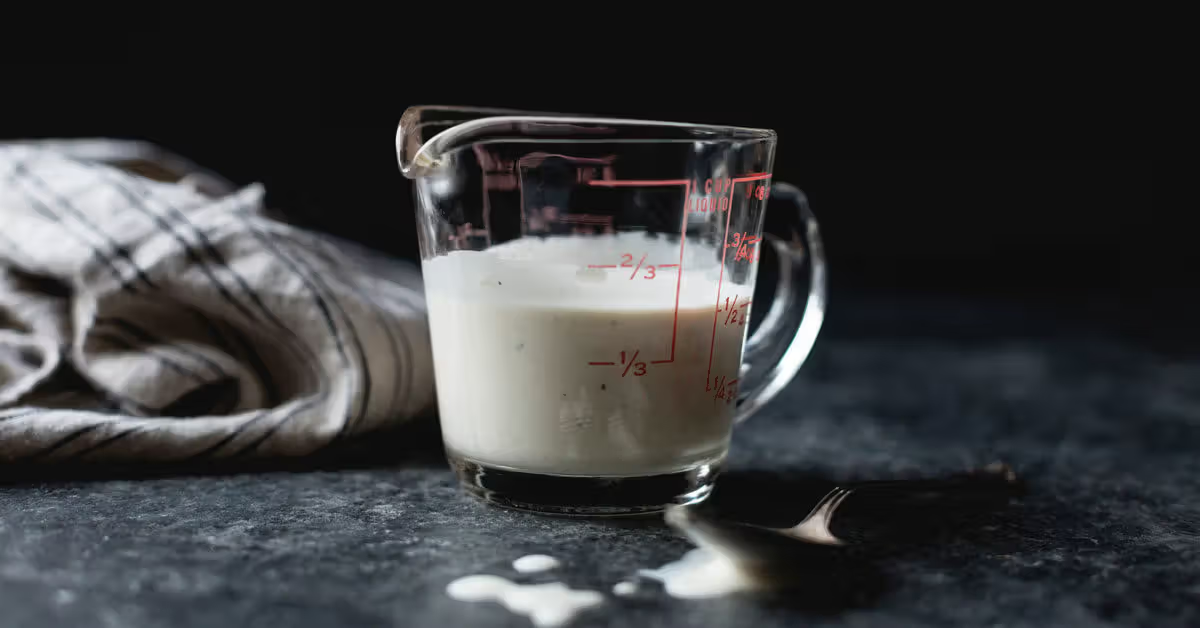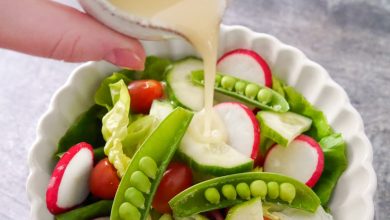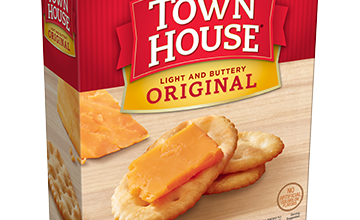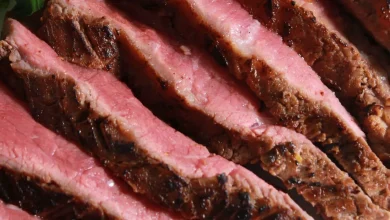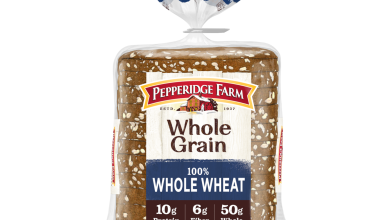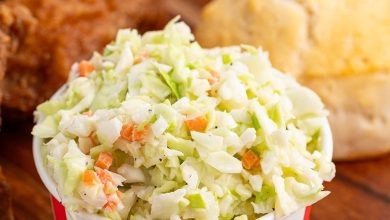Healthy Grilled Sockeye Salmon: Nutritional Benefits & Delicious Recipe
Sockeye Salmon (Cooked, Dry Heat)
Description:
Sockeye salmon, a premium variety of wild-caught fish, is known for its deep red flesh and rich, savory flavor. When prepared using dry heat cooking methods such as grilling, baking, or broiling, it retains a firm texture while delivering a perfect balance of tender meat and smoky char. This nutritious fish is a fantastic source of high-quality protein and essential omega-3 fatty acids, making it a heart-healthy choice for any meal. Sockeye salmon’s robust flavor and versatility make it ideal for a wide range of dishes, from simple fillets to more elaborate recipes.
Nutritional Information per 100g of Cooked Sockeye Salmon
| Nutrient | Amount per 100g |
|---|---|
| Energy | 156 kcal |
| Protein | 26.48 g |
| Total Fat | 5.57 g |
| Saturated Fat | 0.969 g |
| Carbohydrates | 0.0 g |
| Fiber | 0.0 g |
| Sugars | 0.0 g |
| Calcium | 11 mg |
| Iron | 0.52 mg |
| Magnesium | 36 mg |
| Phosphorus | 305 mg |
| Potassium | 436 mg |
| Sodium | 92 mg |
| Zinc | 0.55 mg |
| Copper | 0.076 mg |
| Manganese | 0.013 mg |
| Selenium | 35.5 mcg |
| Vitamin C | 0.0 mg |
| Thiamine (B1) | 0.157 mg |
| Riboflavin (B2) | 0.246 mg |
| Niacin (B3) | 10.123 mg |
| Vitamin B6 | 0.827 mg |
| Folate | 7.0 mcg |
| Vitamin B12 | 4.47 mcg |
| Vitamin A | 58 mcg |
| Vitamin E | 0.99 mg |
| Vitamin D2 | 16.7 mcg |
Allergen Information
Sockeye salmon is considered one of the common seafood allergens. People who have a known fish allergy should avoid consuming sockeye salmon or any other types of fish. It is crucial to be cautious about cross-contamination in environments where fish is prepared alongside other seafood or food items that may trigger allergic reactions.
Dietary Preferences
- Gluten-Free: Sockeye salmon contains no gluten, making it suitable for those following a gluten-free diet.
- Low-Carb: With no carbohydrates or sugars, it is an excellent choice for low-carb and ketogenic diets.
- High-Protein: Rich in protein, this fish is ideal for muscle repair, growth, and maintaining a balanced diet.
- Heart-Healthy: The omega-3 fatty acids found in sockeye salmon support cardiovascular health, making it beneficial for individuals following a heart-healthy diet.
- Paleo-Friendly: As a whole food source of protein, sockeye salmon fits well into a paleo diet.
- Diabetic-Friendly: With zero sugar and a low glycemic impact, sockeye salmon is an excellent option for those managing diabetes.
Cooking Advice
Sockeye salmon can be cooked using dry heat methods like grilling, broiling, or baking, all of which help preserve its rich flavor and texture. The fish cooks quickly, typically in about 10-12 minutes depending on the thickness of the fillet. It’s best to cook it until it reaches an internal temperature of 145°F (63°C), ensuring the fish is tender and flaky. To enhance the natural flavor of sockeye salmon, consider marinating it in a blend of olive oil, lemon, and herbs for added freshness and aroma. Pair it with roasted vegetables or a light salad for a wholesome, satisfying meal.
Conclusion
Sockeye salmon, cooked using dry heat methods, is a powerhouse of nutrition, offering an excellent source of lean protein, essential vitamins, and minerals. Whether you’re aiming to improve heart health, maintain muscle mass, or enjoy a delicious and satisfying meal, sockeye salmon is an outstanding choice. Its versatility and rich flavor profile make it a popular option for a variety of recipes, from simple grilled fillets to gourmet dishes. When enjoyed as part of a balanced diet, sockeye salmon contributes to overall well-being and provides a flavorful, nutrient-dense option for those seeking healthy eating choices.


